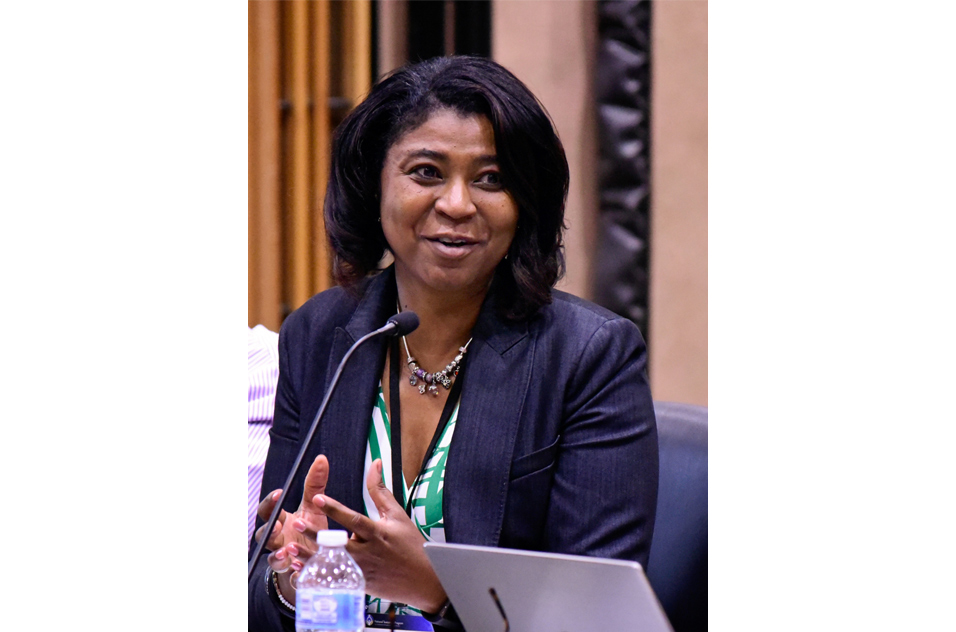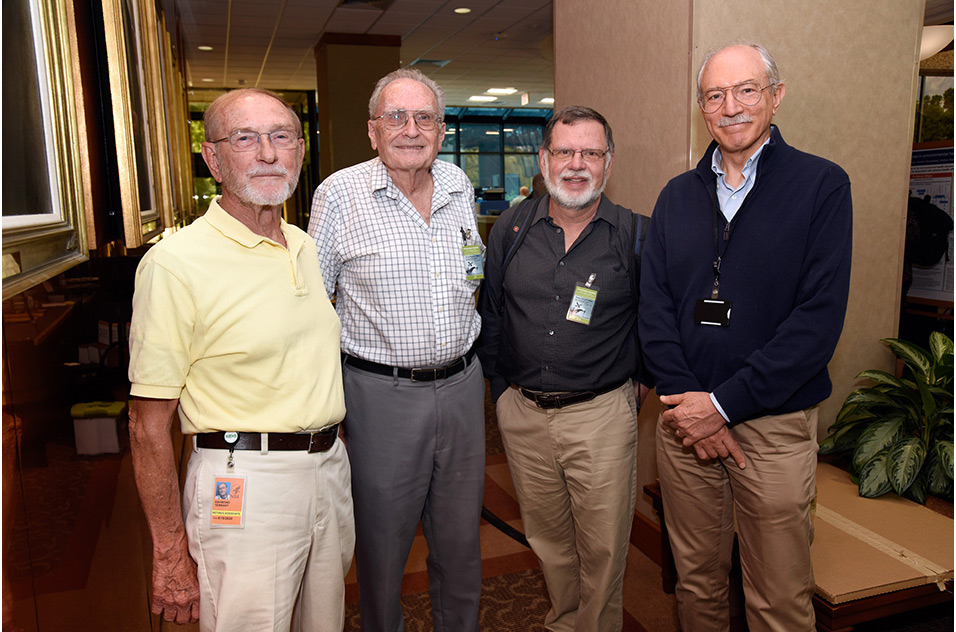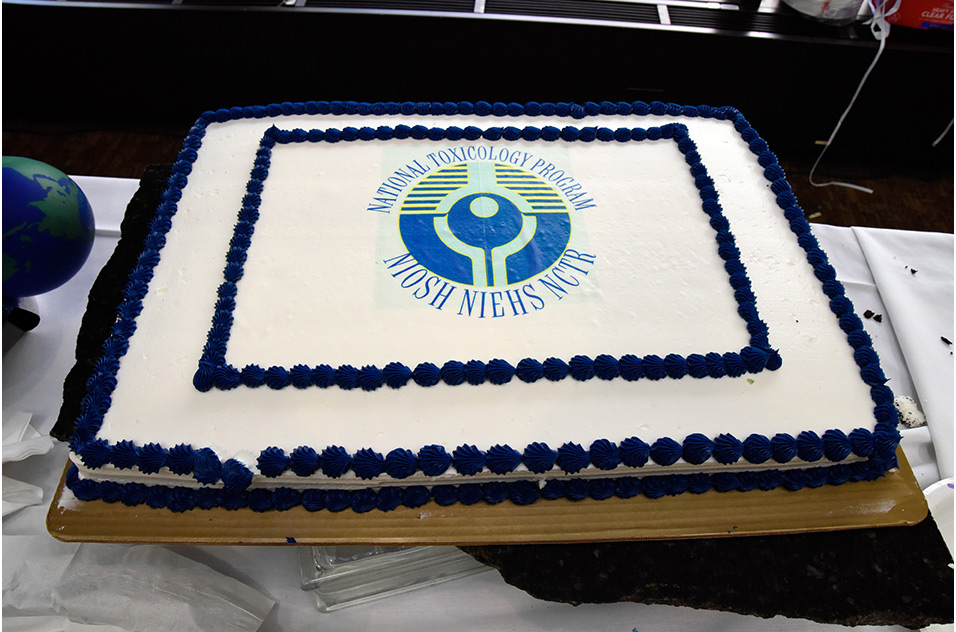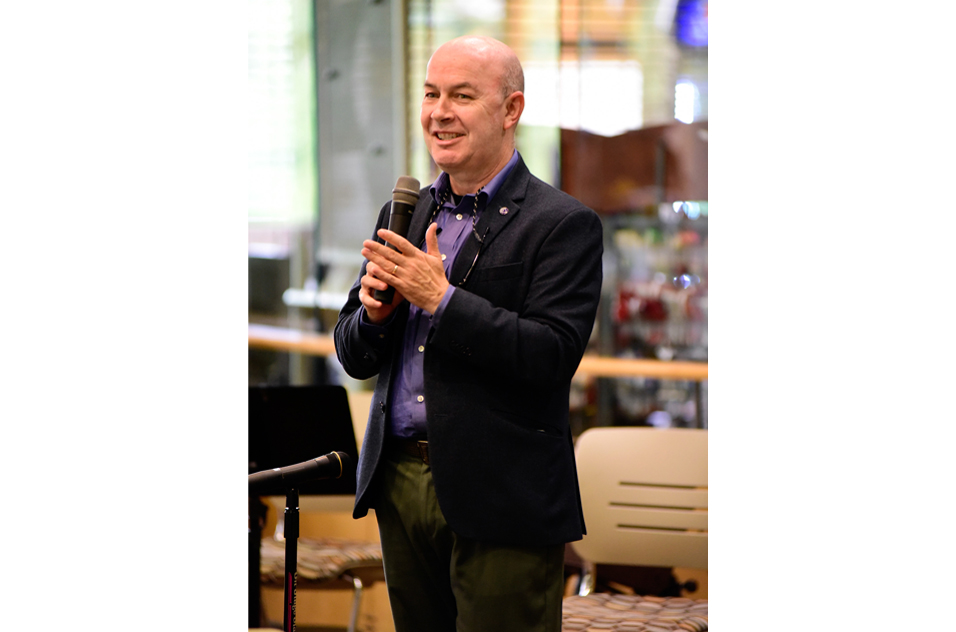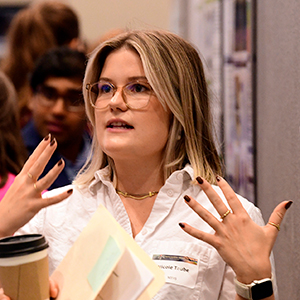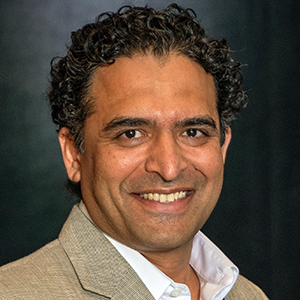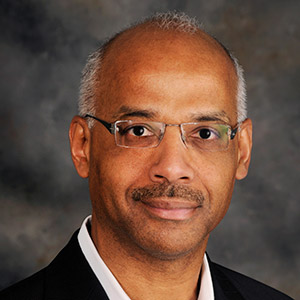The National Toxicology Program (NTP) is broadening from its traditional focus on studying specific chemicals to include analyzing how chemical exposures influence the development of human diseases.
That message was conveyed to the NTP Board of Scientific Counselors (BSCs) at its June 17-18 meeting.
Much of the new approach involves taking advantage of tremendous recent advances in technology. “By developing those capabilities, we give ourselves the opportunity to focus on important diseases and identify agents that might be contributing to them very specifically,” said NTP Associate Director Brian Berridge, D.V.M., Ph.D.
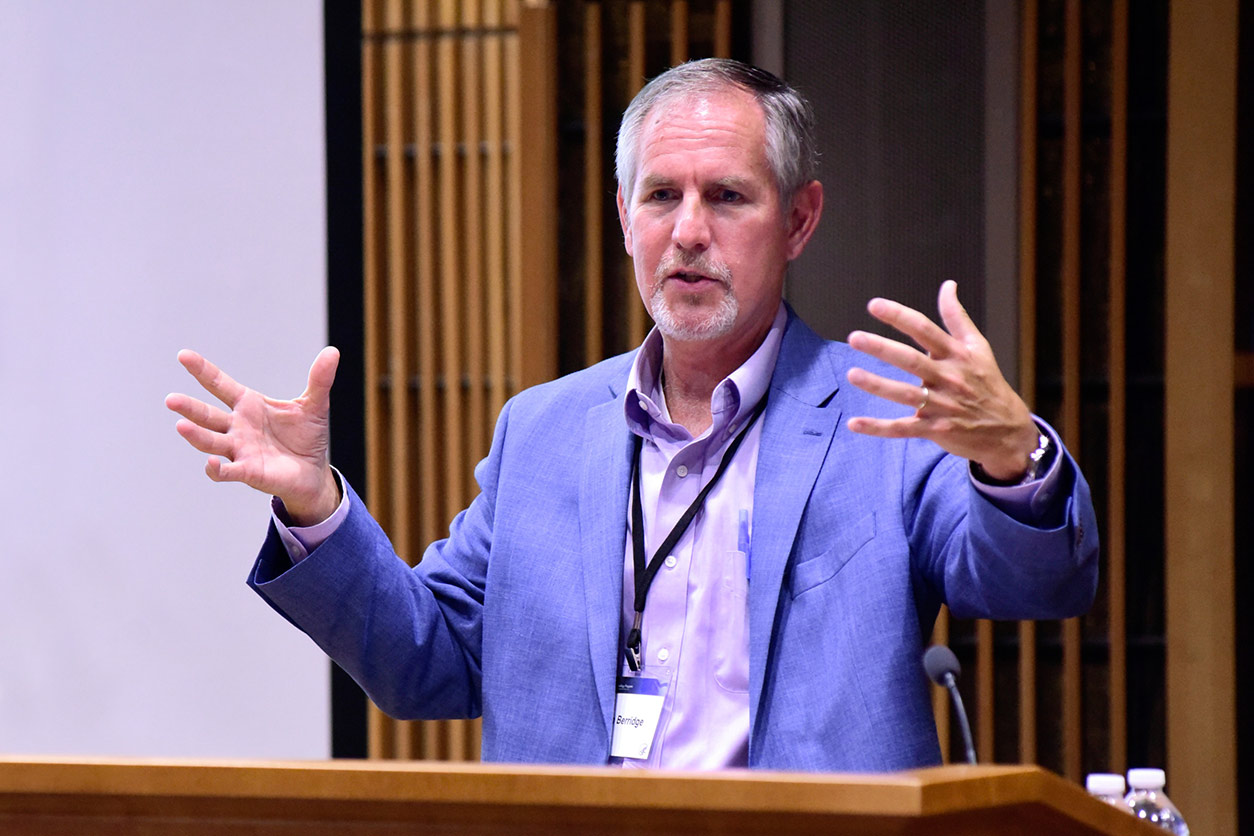 Berridge described the NTP’s new approach. He called it “flipping the paradigm.' (Photo courtesy of Steve McCaw)
Berridge described the NTP’s new approach. He called it “flipping the paradigm.' (Photo courtesy of Steve McCaw)The major vehicle for the shift is a new initiative called Health Effects Innovations (HEIs), which will concentrate research and translation efforts in three areas.
- Cardiovascular hazard assessment in environmental toxicology.
- Developmental neurotoxicity modeling.
- Carcinogenicity testing for the 21st century.
Heart to heart
Berridge presented the cardiovascular HEI and noted that part of the effort is to create a better opportunity to recognize bioactivities of chemicals or drugs that might actually make preexisting diseases worse. Board member David Eaton, Ph.D., from the University of Washington, said that the real power of the program lies in the effort to identify exposures that aggravate cardiovascular disease, particularly in people with already compromised cardiovascular function.
“It’s not just about building new assays or tools or capabilities, but giving ourselves the opportunity to work across the continuum of knowledge of mechanisms of action and modes of action, and ultimately how they relate to health effects,” Berridge said.
Developmental neurotoxicity
The developmental neurotoxicity (DNT) HEI aims to formulate a new framework for identifying environmental contaminants that can contribute to neurodevelopmental disorders.
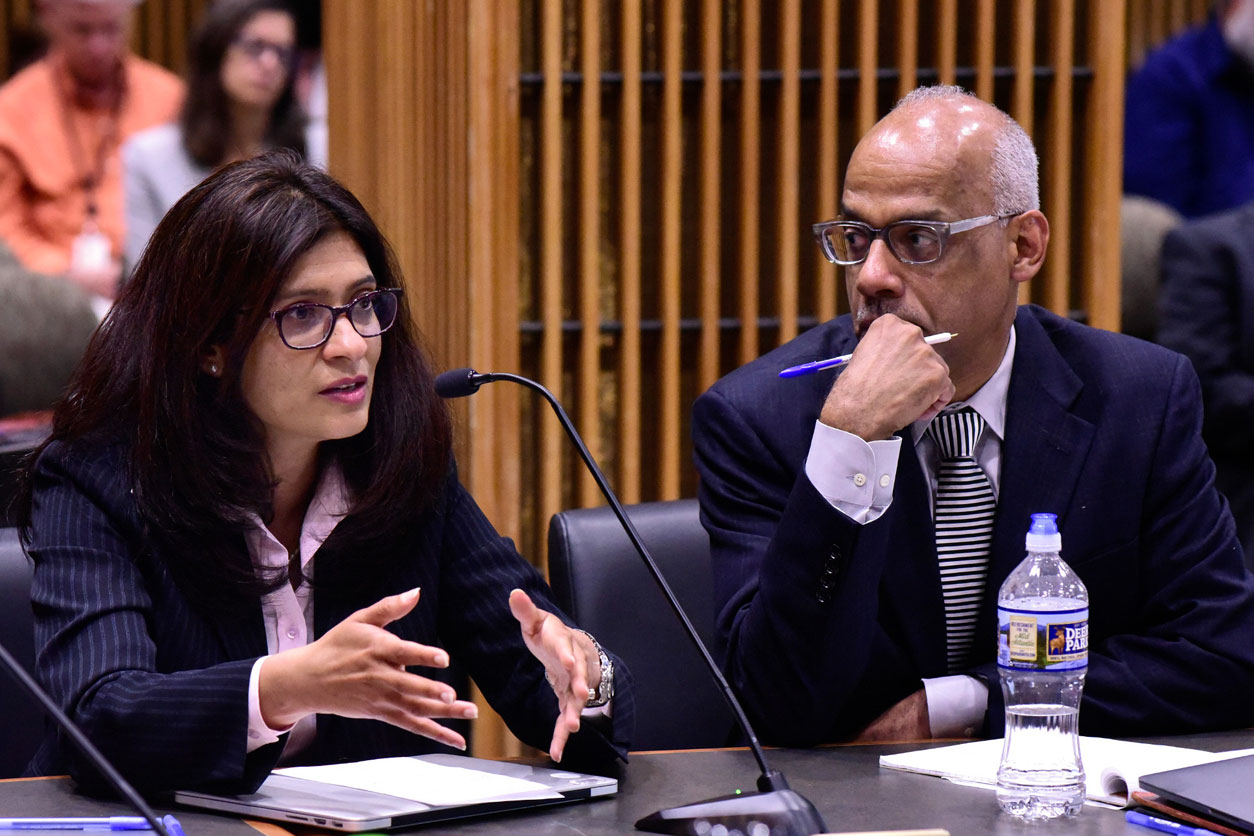 NTP scientists Behl and Robert Sills, D.V.M., Ph.D., responded to the board’s comments regarding the DNT HEI. (Photo courtesy of Steve McCaw)
NTP scientists Behl and Robert Sills, D.V.M., Ph.D., responded to the board’s comments regarding the DNT HEI. (Photo courtesy of Steve McCaw)To evaluate DNT effects, NTP is developing a battery of in vitro, or cell-based, assays, as well as exploring novel approaches for assessing behavior in animal studies. “We hope to improve methods to identify compounds with unknown neurotoxic potential, provide data in a timely manner to protect the public, and better understand how in vitro studies can inform evaluation in animals and humans,” said team lead Mamta Behl, Ph.D.
Re-envisioning carcinogenicity testing
 Parsons described CDMs as “the first step on the path to cancer.” (Photo courtesy of Steve McCaw)
Parsons described CDMs as “the first step on the path to cancer.” (Photo courtesy of Steve McCaw)Warren Casey, Ph.D., briefed the board on plans to move beyond the traditional two-year cancer bioassay, which has been the bedrock of NTP carcinogenicity testing for 40 years.
“We need to start incorporating our knowledge of human biology with the new technologies in order to do a better job of cancer risk assessment,” he said.
The board responded enthusiastically to rapid, comprehensive changes for NTP. “This is a really exciting time to be at NTP, both as a scientist and a member of the public,” said Susan Felter, Ph.D., from Proctor & Gamble.
Translation with human relevance
Part of the NTP’s reinvention has been an increased emphasis on translation, and the BSC meeting featured two talks illustrating new scientific methods with enticing possibilities for translation and relevance to human health.
Barbara Parsons, Ph.D., from the U.S. Food and Drug Administration’s National Center for Toxicological Research, one of NTP’s member agencies, described her lab’s groundbreaking work on cancer driver mutations (CDMs). CDMs, a highly sensitive genetic biomarker, have been shown to predict rodent tumor response to long-term exposures, and so may eventually prove to be predictive of cancer development in humans.
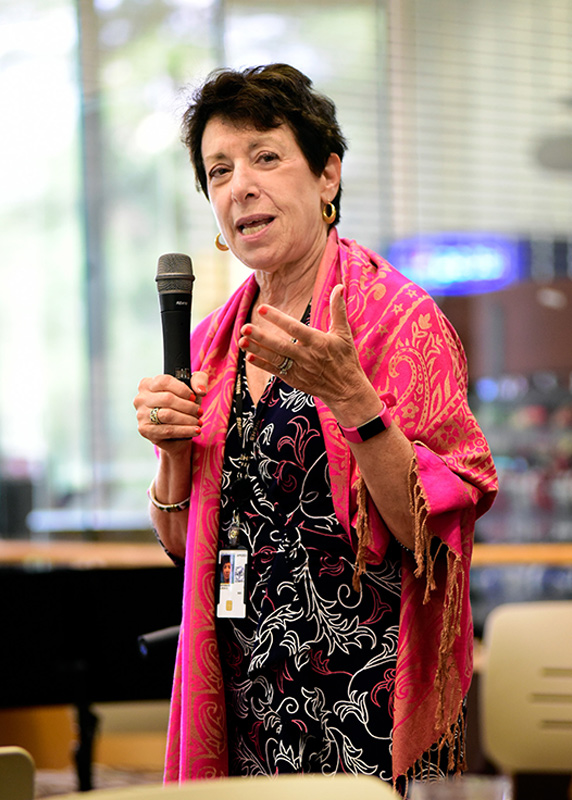 Birnbaum was nostalgic about her many years of association with NTP. (Photo courtesy of Steve McCaw)
Birnbaum was nostalgic about her many years of association with NTP. (Photo courtesy of Steve McCaw)Kyle Messier, Ph.D., a research assistant professor at Oregon State University, intrigued the board with his work on geospatial human health science connections to toxicology. His work is grounded in the spatial and statistical modeling of exposure, disease, and risk, with a focus on investigating the effects of environmental exposures on public health and environmental resources. He provided examples from his research program to show how geospatial statistical modeling can be integrated with toxicological studies.
NTP anniversary
In addition to its BSC meeting, NTP commemorated 40 years of impactful health research (see sidebar).
'NTP has been a major force in improving the science behind scientific decision-making in our country and around the world,' said NTP Director Linda Birnbaum, Ph.D. 'I want to thank everyone in this room who has had a major role in that.'
(Ernie Hood is a contract writer for the NIEHS Office of Communications and Public Liaison.)






